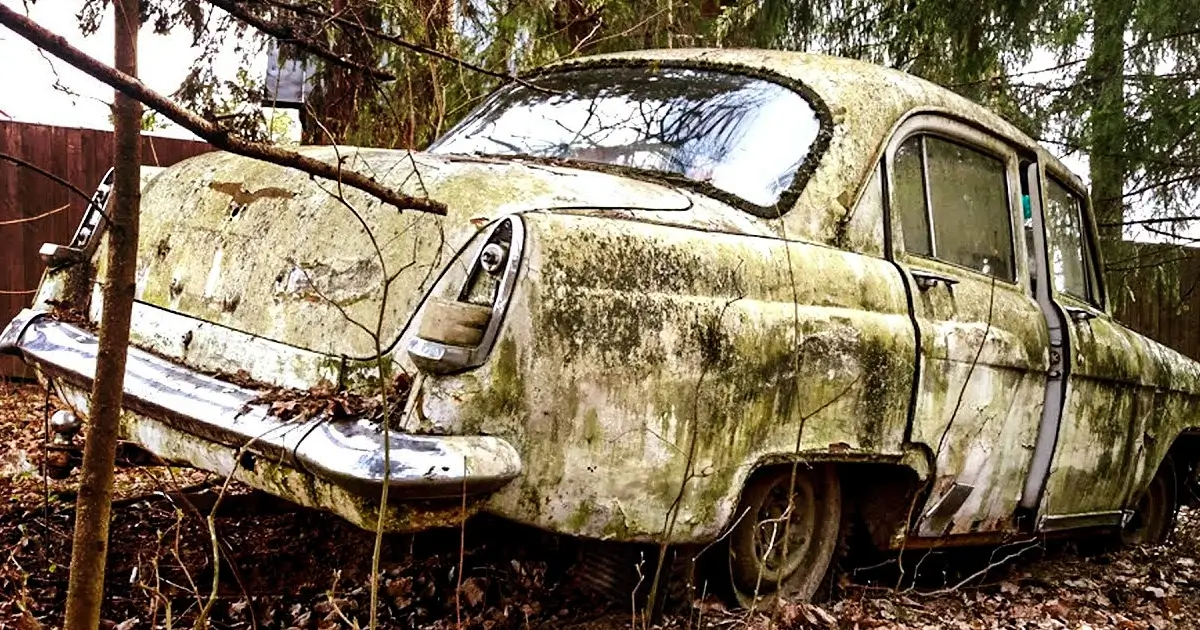There’s something magical about restoring an old car. It’s not just about fixing metal and bolts’s about reviving memories and history. Whether it’s your grandfather’s dusty classic or a forgotten sedan sitting in the yard, bringing a dead car back to life is one of the most rewarding automotive journeys you can take.
1. Start with a Clear Inspection
Before turning any wrench, take a careful look at the car. Check for rust, leaks, missing parts, and the overall condition of the body and chassis. A car that looks good on the outside might have serious engine or electrical issues underneath.
If you’re not sure where to begin, get a mechanic to do a full inspection. It’ll help you understand whether the car is worth restoring or if you’ll end up spending more than it’s worth.
2. Clean Before You Repair
A dirty engine bay can hide a lot of problems. Begin with a good cleaning session. Use a pressure washer on the body, and a degreaser for the engine compartment. Remove leaves, nests, or any debris.
This step not only makes the car easier to work on but can also reveal leaks or damage you couldn’t see before.
3. Focus on the Heart
Now, let’s talk about the soul of the machine. Check if the engine turns over by hand using a wrench on the crankshaft bolt. If it’s stuck, don’t force itsoak the cylinders with a lubricant like Marvel Mystery Oil and give it time.
Inspect spark plugs, fuel lines, and belts. Old fuel is a common reason why engines refuse to start. Drain the tank, clean the fuel system, and replace filters.
If the car’s been sitting for years, rebuild or replace the carburetor or injectors. It’s often the key to getting the engine to breathe again.
4. Replace the Essentials
Batteries, spark plugs, filters, and fluids should always be replaced before you try to start the car. Old fluids break down over time and can damage the engine.
Use fresh oil, coolant, and brake fluid. Check all hoses and beltsthey often dry out and crack after long storage. Replacing these small things early saves you from bigger repairs later.
5. Check the Electrical System
Electrical issues are a common headache in restorations. Begin with the battery connections and fuses. Look for corroded or damaged wires.
If the car uses old-style fuses, consider upgrading to modern ones during the restoration for better reliability. A good wiring diagram from a repair manual will help you trace issues easily.
6. Brake and Suspension Safety Check
Even if the engine roars back to life, it’s not safe to drive without working brakes. Replace old brake fluid, pads, and possibly the master cylinder.
Check suspension components like shocks, springs, and bushings. Old rubber tends to rot, especially in cars that sat unused for years.
7. The First Start
Once you’ve handled all the basics, it’s time for the big moment. Crank the engine and listen carefully. Any unusual noise-like knocking or metal scraping means you should stop and recheck.
If it runs, let it idle and warm up slowly. Watch the temperature gauge and look for leaks or smoke. This first successful start is the heart of every restoration story.
8. Bodywork and Interior Restoration
After the car runs safely, move on to the looks. Sand down rust spots, prime them, and apply paint if needed.
Inside, clean the seats, dashboard, and carpet. For torn upholstery, you can find affordable restoration kits or visit local upholstery shops. Small details make a big difference in how “alive” the car feels again.
9. Test Drive and Fine-Tuning
Take it for a short drive around your neighborhood. Feel how it handles, brakes, and accelerates. This helps you notice small issues like alignment or vibration.
Keep a checklist of what still needs attention. Restoration is never one-and-done’s a process of gradual perfection.
10. Must-Read Books and Resources
If you want to dive deeper, a few timeless books and guides can make a big difference:
- “How to Restore Your Collector Car” by Tom Brownell – A complete beginner-to-pro guide.
- “Classic Car Restoration Manual” by Lindsay Porter – Great for step-by-step visuals.
- Haynes Repair Manuals – Specific to your car model, ideal for wiring and mechanical details.
- YouTube Channels like ChrisFix or Hagerty – Real-world video tutorials for visual learners.
Also Read:
- How Motorcycle Tire Design Fights Hydroplaning — and Why They Wear Out Faster
- How to Bring an Old Car Back to Life: A Step-by-Step Guide for Beginners
- Why Taking Sharp Curves Feels So Different on a Motorcycle Than in a Car — and What It Means for Your Tires
- The Environmental Impact Of Frequent Car Washing
- The Evolution of Car Wash Technology
Final Thoughts
Restoring an old car isn’t just about tools and grease’s about patience and love for machines. Each bolt you tighten connects you to a story that once rolled on the road. Take your time, learn as you go, and remember: the best restorations aren’t rushedthey’re built with care, one weekend at a time.
